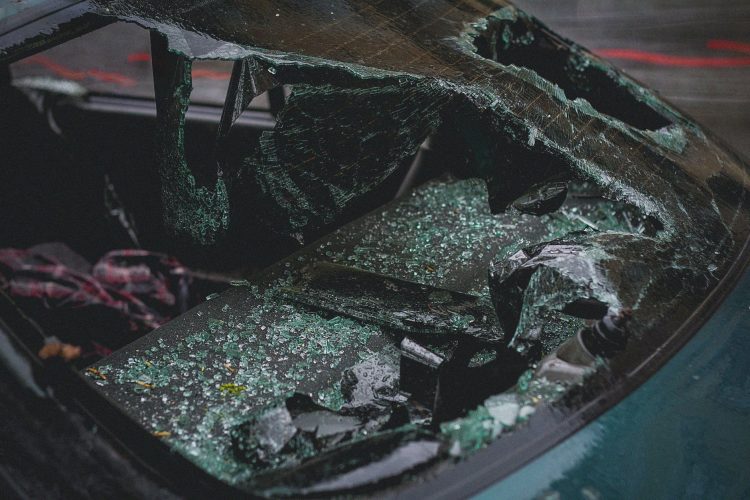If there’s one thing that most drivers can agree on, it’s that other road users are inconsiderate and borderline dangerous. With new drivers being statistically more susceptible to making poor driving decisions and older drivers perhaps paying less attention than they used to, there’s only room in the middle for people in a hurry to complete the school run and get to work on time. That’s a lot of the road being taken up by people potentially low on attention span. What this means is that road accidents are shockingly common. Take my friend Jackie, for example. My friend Jackie was once rear ended in a road accident during the morning commute, and when the pick-up truck arrived late, the driver of the flatbed rescue vehicle apologised and said this was his third callout that morning. It was not yet 08:00AM. With that in mind, we’re going to look at common types of injuries following a road accident, so that we can all understand what to expect if we are ever caught up in a collision (incidentally, if you have been in a crash, go to personalinjury.com for more info).
Severe injuries
As the name would suggest, the severe injury classification is restricted to potentially life threatening or life changing injuries.
- Partial or complete loss of a limb
- A significant fracture to the pelvis or femur.
- Chest injuries (internal – i.e. not surface bruising)
- Any wound that penetrates deeply into the body
There is also another type of severe injury known as multiple severe injuries, where impact trauma and significant soft tissue damage occurs in several places. All severe injuries require hospital treatment.
Less severe injuries
Although less severe injuries still contain the word “severe” in their description, the major difference is that less severe injuries are not typically considered to be life changing (and certainly not life threatening).
- Leg fracture (typically the shins, ankles, or feet)
- Head injuries where consciousness was not lost
- Arm fracture (this could include the collarbone and the hands)
These injuries will require hospital treatment.
Slight injuries
Slight injuries are very common in road accidents. Beware that shock is also classed as a slight injury, and must be treated by medical staff – do not leave the scene before you have been seen by the attending emergency medical responders
- Bruising
- Sprains to the joints
- Lacerated soft-tissue
- Whiplash (this includes strain in the shoulders)
While many less severe injuries can be treated at the scene, certain injuries such as whiplash may begin to show symptoms over time (days/weeks).
If you are ever in doubt about the severity of your injury, do not leave the scene of your accident. Wait for emergency medical responders to make an assessment.

